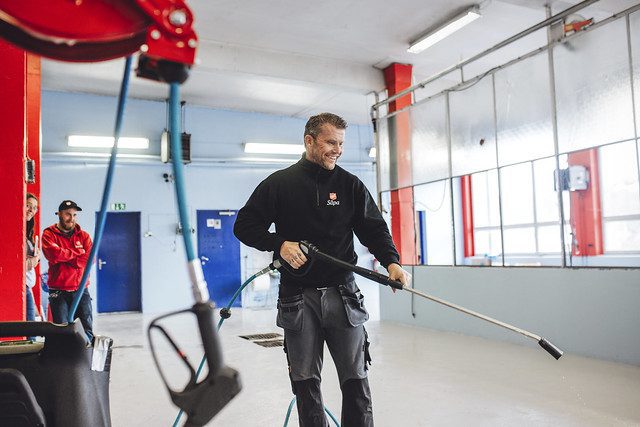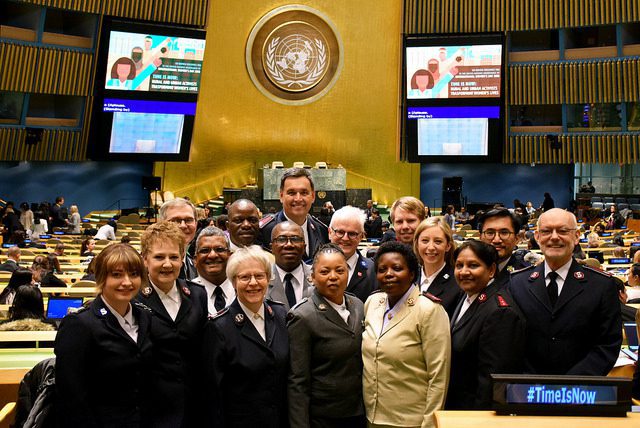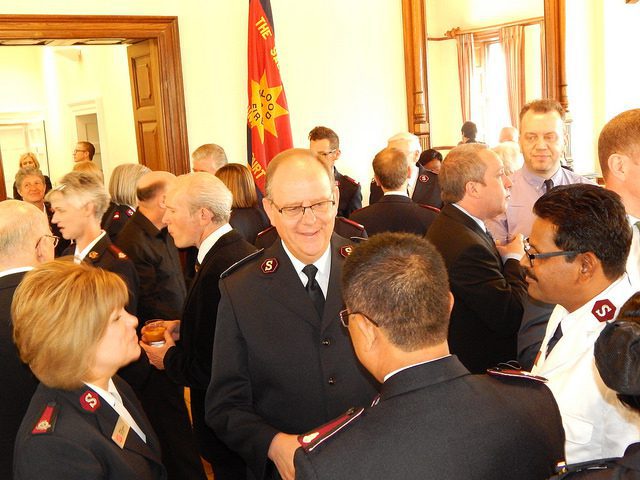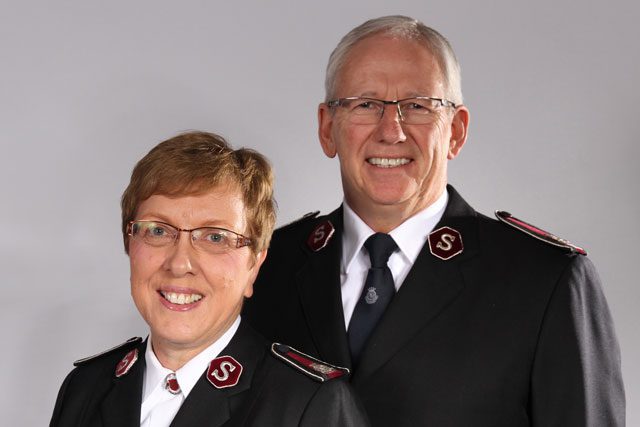Another General with a huge interest in the new building is General John Gowans (Ret.). As a young captain, he felt privileged to be present when the foundation stone of the previous International Headquarters building was laid. He assumed that the headquarters would be around for a very long time. But buildings grow old more rapidly than they used to. Little did he think that some thirty-six years later he would, as the General himself, be facing the difficult problem of what to do with a building that many felt was no longer suitable for its task.
It was John Gowans’ vision that set the course for the planning process. “As I was involved in the early discussions,” he said, “people have asked me if I had a vision for the new International Headquarters. My answer has always been … “Yes! Oh yes!”
“This building should speak for itself,” Then General Gowans articulated in his vision statement. “It has to be a welcoming place where people feel immediately at ease. It should have nothing of the barricade about it, but instead be transparent, cheerful and disarming—fit to reach out to the modern world.
“Because the work within it is undertaken in God’s name, it should have the best and most efficient equipment, but should not suggest extravagance or draw attention to itself. Its mission matters most.
“It should suggest at once that it does not exist for itself but to serve everybody, and particularly those who are in trouble, or who have a problem. So though it may not always have the solution it should at least offer clear guidance as to where that solution may be found. It should be obvious that it is dedicated to the service of Salvationists in the 109 countries where we are at work. It is international in its concerns, in its attitude, in its personnel. Its ability to speak many languages should be obvious.
“It has to offer information concerning the Army’s philosophy, its history, its present projects, its needs… and not hesitate to invite volunteers of all faiths or none to help us in our compassionate activities, with no motive other than increasing the efficacy, goodness and scope of the activities themselves.
“It should be clearly determined to help the Army achieve its basic ambitions: to announce the good news that is personified in Christ, to produce Christ-like people, to serve suffering humanity without discrimination of any kind.
“And finally, without any air of the sanctimonious, the visitor should sense the presence of God in the place, even though it may not be recognized as that. The mercy seat—symbol of God’s presence, of his love and
compassion—should take its place in the heart of the building with an open invitation to prayer.
“So, am I happy with what we’ve achieved? I am delighted. In many ways this is just the beginning, because now the place is coming to life and our own work here begins again. The optimism the new building generates is a vital thing. Yes, I’m happy.”














